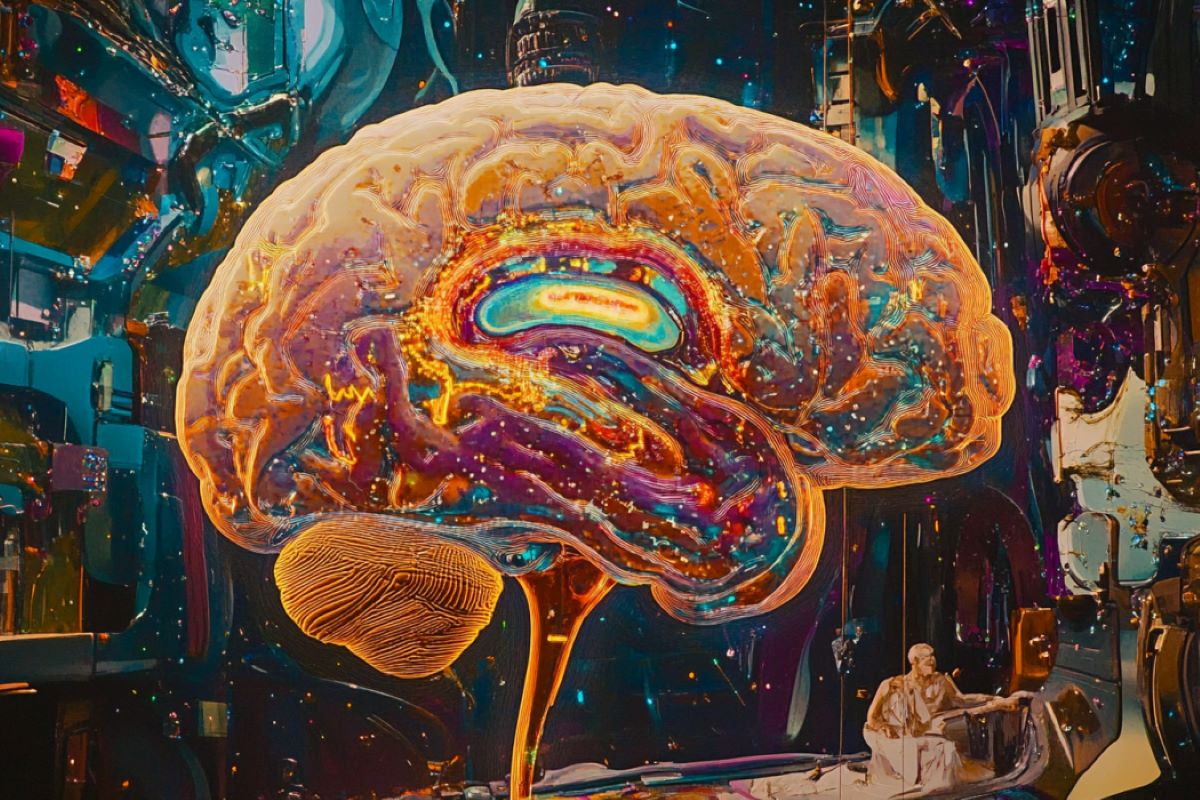Summary: Fear memories initially form broad associations, but over time, they shift to become episodic memories tied to specific timelines. This process involves the hippocampus early on, with the dorsolateral prefrontal cortex integrating the event sequence later.
However, people with high anxiety may struggle with this integration, leading to persistent fear and increased risk for PTSD. Understanding this mechanism could lead to new treatments for trauma-related disorders.
Key Facts:
- Fear memories evolve from general associations to episodic sequences over time.
- High anxiety individuals show weaker integration of time-based episodic memories.
- This insight could help target PTSD treatments by improving memory integration.
Source: ATR
An innovative study, to be published in Nature Communications on October 21, 2024, reveals the mechanism behind two seemingly contradictory effects of fear memories: the inability to forget yet the difficulty to recall.
Led by researchers from Sony Computer Science Laboratories, Inc., ATR Computational Neuroscience Laboratories, and the University of Tokyo, the study shows how fear experiences are initially remembered as broad, associative memories, but over time become integrated into episodic memories with a more specific timeline.

The researchers conducted experiments using functional Magnetic Resonance Imaging (fMRI) and machine learning algorithms to track brain activity as participants experienced simulated threatening events, such as a car accident.
They found that immediately after a fear-inducing event, the brain relies on associative memories, generalizing the fear regardless of event sequences.
However, the following day, the dorsolateral prefrontal cortex takes over a role initially led by the hippocampus to integrate the event’s sequence into fear memory, reducing the scope of fear.
The study also highlights that individuals with high anxiety, who are at greater risk for PTSD, may struggle with this memory integration. Their brains show weaker integration of time-based episodic memories through the dorsolateral prefrontal cortex, which may lead to persistent, overwhelming fear linked to associative cues.
This insight opens new avenues for PTSD interventions by targeting the brain’s ability to integrate episodic memories after trauma.
“Our findings reveal a previously unknown phenomenon in how the brain prioritizes and processes fear memories”, said lead author Dr. Aurelio Cortese from Advanced Telecommunications Research Institute (ATR).
“This time-dependent rebalancing between brain regions may explain why some individuals develop PTSD while others don’t”, explained the last author Dr. Ai Koizumi from Sony Computer Science Laboratories, Inc.
The study’s findings have the potential to reshape our understanding of PTSD and fear memory processing, offering novel perspectives for developing more effective interventions.
About this memory and PTSD research news
Author: Ritsuko Mashimo
Source: ATR
Contact: Ritsuko Mashimo – ATR
Image: The image is credited to Neuroscience News
Original Research: Open access.
“Time-dependent neural arbitration between cue associative and episodic fear memories” by Aurelio Cortese et al. Nature Communications
Abstract
Time-dependent neural arbitration between cue associative and episodic fear memories
After traumatic events, simple cue-threat associative memories strengthen while episodic memories become incoherent. However, how the brain prioritises cue associations over episodic coding of traumatic events remains unclear.
Here, we developed an original episodic threat conditioning paradigm in which participants concurrently form two memory representations: cue associations and episodic cue sequence.
We discovered that these two distinct memories compete for physiological fear expression, reorganising overnight from an overgeneralised cue-based to a precise sequence-based expression.
With multivariate fMRI, we track inter-area communication of the memory representations to reveal that a rebalancing between hippocampal- and prefrontal control of the fear regulatory circuit governs this memory maturation.
Critically, this overnight re-organisation is altered with heightened trait anxiety. Together, we show the brain prioritises generalisable associative memories under recent traumatic stress but resorts to selective episodic memories 24 h later.
Time-dependent memory competition may provide a unifying account for memory dysfunctions in post-traumatic stress disorders.







